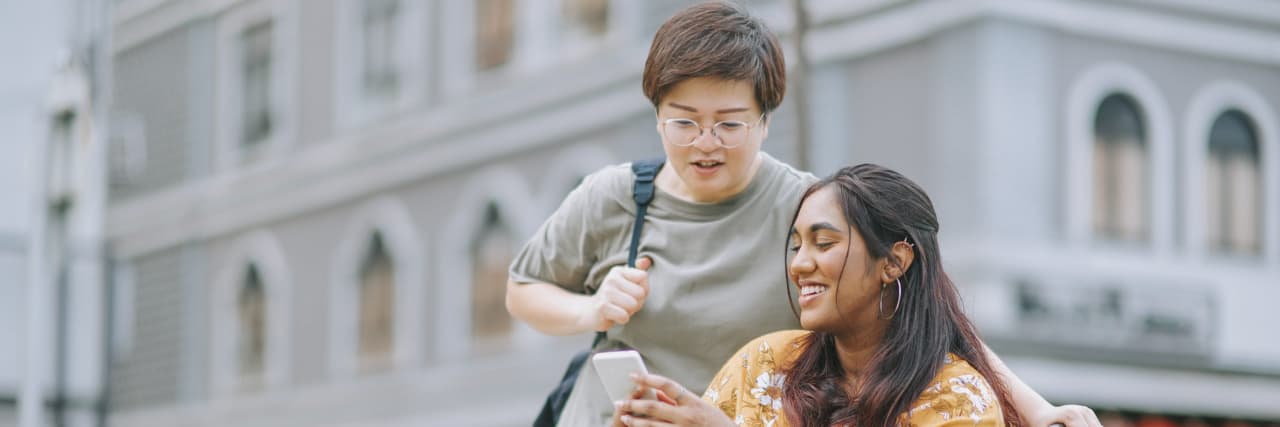When non-disabled people think of people with disabilities in their communities, they may have a variety of responses. Some people may view people with disabilities with pity and think that they “can’t do anything.” Other people may view people with disabilities as “lazy” or “unmotivated” — even though they’re often hardworking and motivated. Other people may think of a person with a disability as having superhuman talents. People may be disappointed when these people with disabilities can’t live up to the expectations of others. What many people may miss, though, is that individuals with disabilities bring value to their communities.
One of the biggest ways that people with disabilities bring value is diversity. Many times, people fear or dislike things that stray from their version of “normal.” In the late 1800s, “ugly laws” were passed to prevent people with disabilities from being seen in public. Chicago was the first city to pass this type of law in 1881, and the law prohibited people who were “diseased, mutilated, or maimed” from being on the streets. Take a walk down the street in your town or city, and you will find that this is thankfully no longer the case.
Being around others who have disabilities also can provide unique perspectives on life. People with health conditions may have difficulties, but they have many ways to contribute to the community as well. The world needs all types of minds to make it work effectively. Diversity also creates compassion and understanding. We may often fear what we don’t know, so having a wide variety of people in the world — including those with differences — shows that people with disabilities are far more alike than different.
Another way that including people with disabilities in the community provides value is implementing universal design. The Americans With Disabilities Act was passed in 1990 to let people with disabilities have reasonable accommodations so that they can access their communities. One of the parts of this law mandated universal design for buildings so that anyone can access them — regardless of ability. The beauty of universal design is that it benefits all members of the community — not just those with medical diagnoses. Examples of universal design are automatic doors, curb cuts, and accessible elevators. This type of design is helpful for people in the community who have full hands or are pushing strollers too. Other accommodations are specifically for people with disabilities, but universal design can help everyone.
Individuals with disabilities are more prevalent than many may think. In the United States, 16 million people live with a disability. Some of these people are adults with cognitive impairments. Previously, many people with cognitive disabilities were placed in institutions and kept away from the community. Many of these places were run poorly and didn’t adequately meet people’s needs.
Some disabilities may be temporary while others may be long-term. This is why having a welcoming and supportive community is important. Anyone can become disabled at any time.
Despite all of the ways that people with disabilities help their communities, many communities are resistant to inclusion. Some communities have subtle ways of discriminating against people with disabilities — like not providing bus service to people with disabilities who can’t drive or not giving a person with a visible disability an opportunity to get a job or apartment. Other citizens may be vocal about not wanting people with disabilities in their neighborhoods.
People with disabilities are no longer being shut into institutions or hiding in corners. Instead, many individuals with disabilities are now proud members of not only the disability community — but also the community at large. Sadly, many people don’t see the value that people with disabilities bring to the community or know how prevalent disability really is. Hopefully, people will someday see that disabled people are important citizens in the community that bring diverse perspectives and compassion for others. I also wish that others understand the innovative ways disabled people contribute to communities that can benefit everyone. Most importantly, I hope that people will see that individuals with disabilities are valuable citizens of the community and play an important role in moving our society forward.
Getty image by Edwin Tan.

